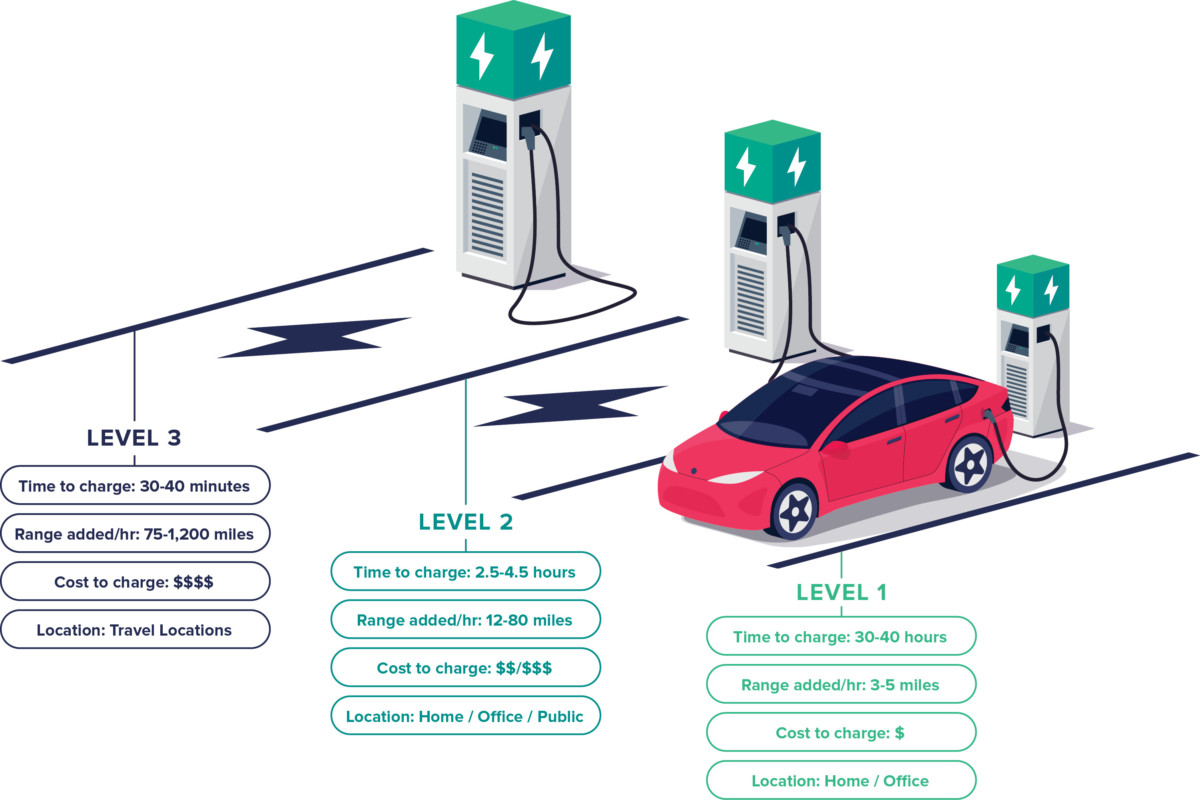
Electric vehicles are capable of being charged at a wide variety of different speeds. When it comes to electric vehicles, there is the potential for utilizing a variety of charging thresholds. The vast majority of modern autos are constructed to work with charging at Level 1, Level 2, or Level 3.
Outlets for Level 1 AC Power
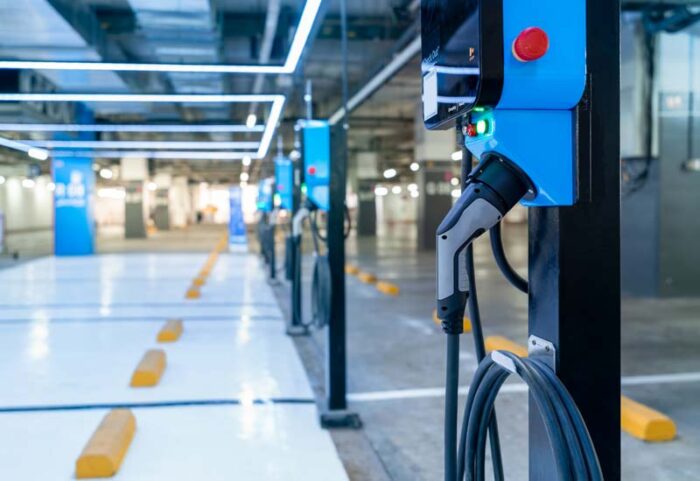
Level 1 has the slowest charging speed. The time needed to charge at level 1 fully might range anywhere from six to eight hours. At this juncture, it is unnecessary to use a voltage converter to charge the vehicle. Insert the plug into a normal wall socket for it to become operational.
If a plug is used to charge a vehicle, the connector must be inspected for signs of corrosion at regular intervals to maintain its proper conductivity. Check first to see whether something has become lodged in the power socket or if the back of your electric vehicle has a surface that isn’t smooth. If none of these aren’t the problem, proceed to the next step.
Level 1 charging is primarily intended for use with electric hybrid vehicles as its core audience. Batteries in cars that can only charge at level 1 are much less potent than those in vehicles that can charge at higher levels.
Level 2 Chargers
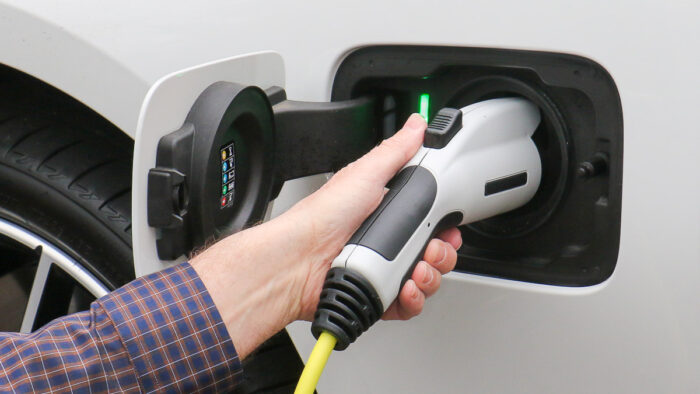
There are a wide variety of possible locations for Level 2 charging, some of which include public charging stations, private households, and commercial businesses.
The time required to fully charge at level 2 might range anywhere from four to six hours. Installing level 2 charging takes more effort, but it allows for faster charging of electric vehicles because it uses a greater 208-240 voltage.
A significant majority of electric vehicle owners charge their vehicles at home. Chargers that operate at 208 or 240 volts are the most typical variety used in residential charging stations. If you already have a high-voltage outlet in your home, you can install a Level 2 charger to charge your electric vehicle (240 V). You can also buy battery banks intended specifically for charging in an outbuilding, such as a garage, which can be purchased from a variety of different sales outlets.
Level 3 – DC
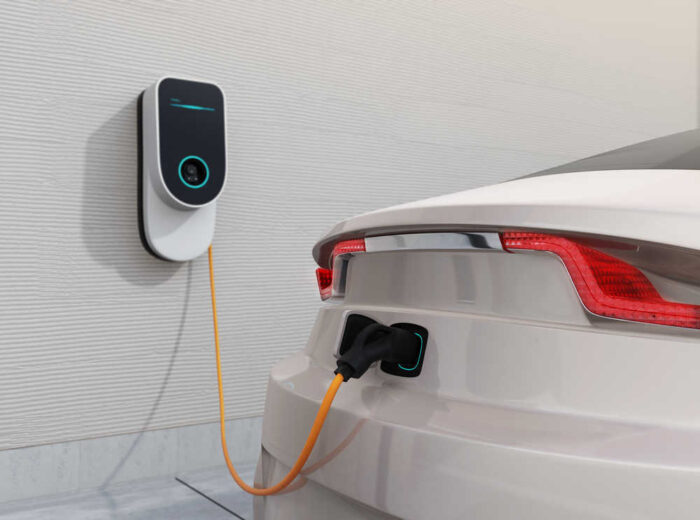
Level 3 Fast Chargers are currently the pinnacle of electric car charging infrastructure. A battery for an electric vehicle may be fully charged using the devices in under an hour, and 80 percent filled in about 30 minutes. The battery in your car could be damaged if you use a Level 3 charger improperly because not all cars are designed to handle such high currents.
While Levels 1 and 2 are powered by the alternating current found in standard wall outlets, Level 3 charging for electric vehicles uses a direct current. Even though the battery in this electric car is bigger, it just takes a few hours to fully charge.
In addition to the two connectors that are part of the Tesla Combined Charging System, the charging process at this point makes use of a CHAdeMO connector. Although the amount of time it takes to fully charge a vehicle can vary depending on the type of vehicle, many can achieve this with these chargers in thirty minutes or less. Most drivers of electric vehicles are forced to settle for using public charging stations because of the prohibitively expensive cost of Level 3 charging infrastructure.
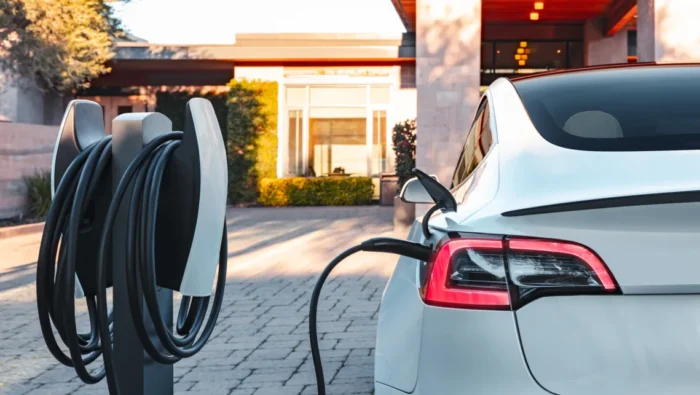
Conclusion
Electrical car charging can be done swiftly and in an uncomplicated manner. There are several levels, with level 3 being the one that delivers the quickest results. You can charge an electric car by connecting it to a conventional wall socket or a public charging station.
However, if you are close to a wall socket, you can use it instead of the charging station. A level 1 charger has an average charging period of 8 hours, while a level 2 charger only takes between 4 and 6 hours to finish the charging process.








